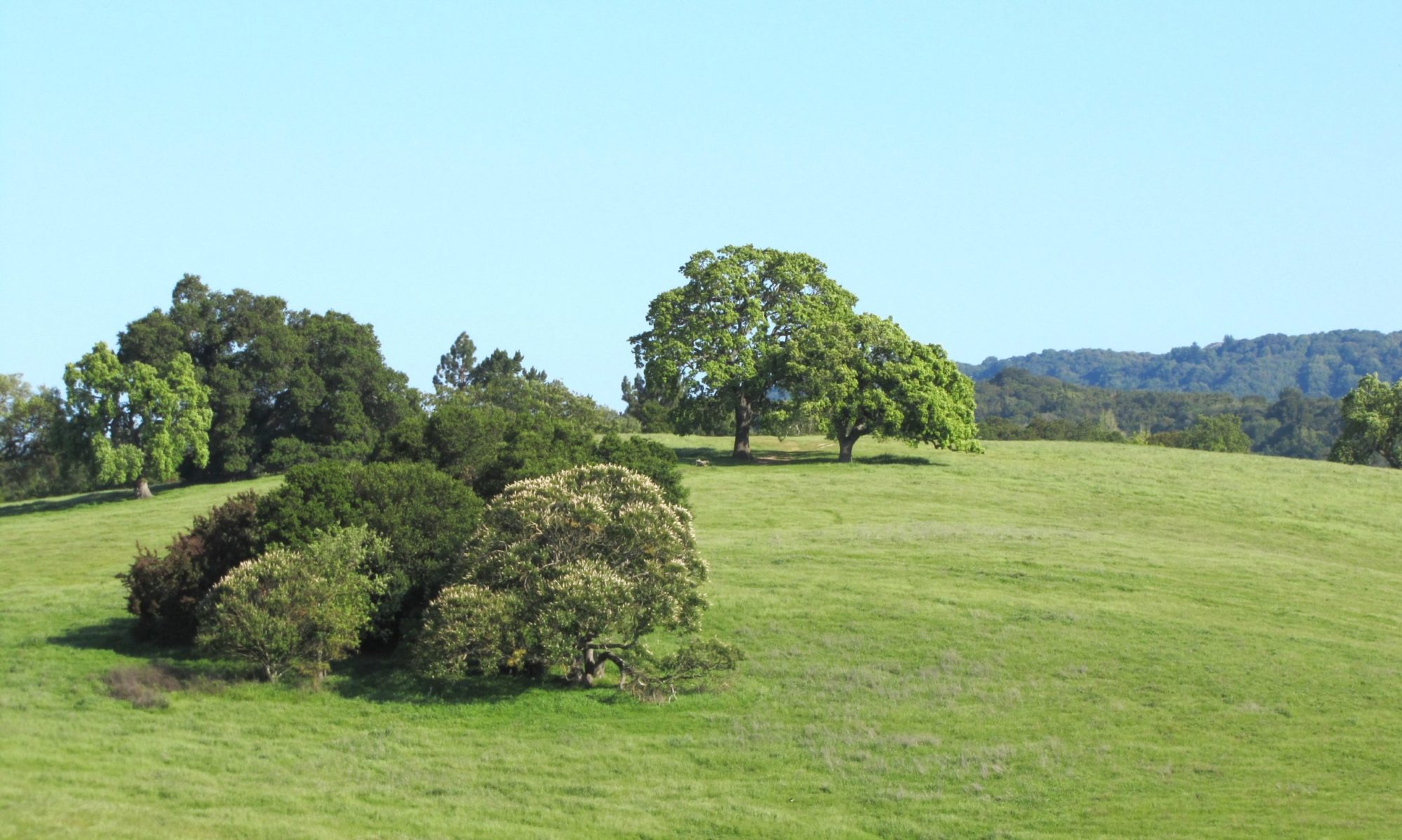FRUIT TREE HEALTH CARE, FERTILITY AND PEST MANAGEMENT
The first and most important tree health care measures for prevention of problems is judicious tree selection of appropriate species/variety for the site, placement (“right tree right place” concept), and establishment of good growing conditions. These principles apply to all plantings, not only fruit trees.
Some primary considerations for good growing conditions in landscapes or home orchard design layout, are spacing of trees to allow air and light circulation, space for eventual mature growth, appropriate distancing with other trees, structures and compacted or paved surfaces, sun/shade/wind exposure, site and soil preparation, drainage, and irrigation. Container plantings must have good drainage and an intelligently formulated potting soil blend. Containerized trees should have the same considerations for spacing, air and light circulation, and must be re-potted periodically to increase soil volume for accommodation of root growth and fertility requirements.
An informed, intelligent management plan will include conservative, horticulturally correct pruning, early structural training with a central leader or modified central leader system and no extreme heading, drastic crown-reduction/topping or over-thinning. Cultivate shading and mulching of the soil surface, cover-crop and companion planting. Deep watering with soil drenching on a less frequent basis should be favored over frequent shallow watering. Regular monitoring inspections can identify problems for early intervention.
A good soil fertility program will have an objective of building soil organic matter content and beneficial soil biology, high nutrient density, natural biological suppression of soil-borne and foliar pathogens. With good soil conditions, nutrient density and water management, plant resistance to destructive pests and diseases will be enhanced.
Fertilization/soil amendments should be restricted to materials that are favorable to the beneficial soil organisms and are not highly concentrated, harsh and harmful. Application of a site-specific micro-organism inoculant, like a fungal-dominant compost extract, can help to establish a healthy soil microbiome. Avoid high salt index, high NPK chemical fertilizers and chemical herbicides, fungicides and insecticides.
Promote mulching of the soil surface with quality compost, rice straw, rice hulls, ground coconut husks in the tropics, or wood and brush chips where available from tree service operations. (Newspaper, cardboard, plastic and even permeable weed fabric, although considered effective for weed suppression, are not good mulch materials for soil and plant health, and will impede water infiltration, organic matter assimilation and aeration).
Sanitation: Normally, for native woodland or forest trees and some landscapes, natural leaf-litter mulch is a good thing, fallen leaves and twigs can be left in place to insulate the soil and replenish nutrients and organic matter. But for some fruit trees there are pest and disease issues which can carry over into the next season and re-infect with spores from a disease organism, or repeat a pest infestation if the pathogen or pest life-cycle is not intentionally interrupted by clean-up. Pick or clip and dispose of infected/infested foliage and fruit. Prune out infected branches if not contraindicated by specific management intentions.
During a transition period, before comprehensive biorational management measures take full effect and natural pest and disease resistance occurs, it may be necessary to have a preventive biological treatment program in addition to the other management practices. Prevention or early intervention is better that waiting for an advanced condition to develop before taking action.
Dormant Spray Guide
For cold winter climates, dormant spraying can begin in December and be repeated in January and maybe early February. For relatively warm spring climates, “delayed dormant” and early spring growth treatments can be prescribed as early as February, for site and species-specific pest and disease prevention.
When trees and shrubs lose their leaves in winter, the timing is good for preventive treatment against many insect pests and diseases. Dormant spray targets over-wintering eggs and immature pests, including caterpillars, mites, aphids, scale; and fungal diseases, anthracnose, leaf and twig blight, leaf spot, powdery mildew, scab, and peach leaf curl. Properly timed dormant spraying will prevent more pests and diseases than most other sprays during the year.
Deciduous Fruit and Nut Trees
- Early December
- Early January
- Early February
Roses
- Mid-winter after pruning and clean up
- Early spring just before new leaves break

